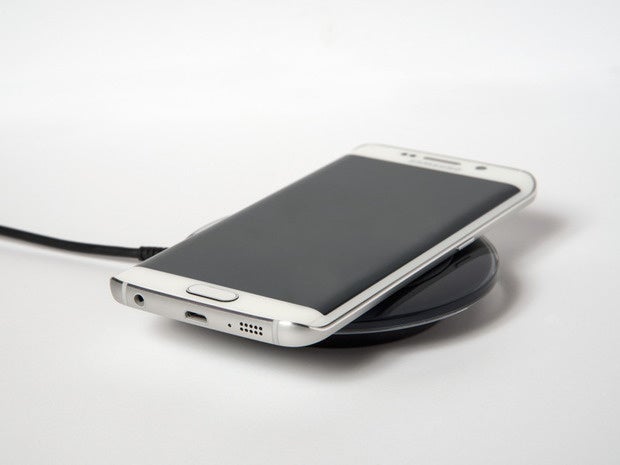History of Computers - Sending of Long-Distance Wireless Power
Created by Joshua Tsai
Introduction
Wireless power is a way to power normally inaccessible things or to receive power from innaccessible places such as solar farm satellites. In the future, as energy needs increase with a rising global population, the world may look to the moon as a base of solar power energy. One of the common uses for it today (so far) is over a short distance for charging phones by changing magnetic fields around the phone to generate electricity for its battery.

Significance
There are several types of wireless power including inductive and resonance wireless power. However, this wiki really focuses on another way, microwave methods, but will provide a brief description of how inductive methods work. Similarily to a transformer, a base creates an alternating magnetic field, generating electricity that can then be transferred conductively to a battery. This method is good for humid environments where exposed metal would quickly corrode or be exposed to water. For long distance wireless power one must use resonance or microwaves.(not the ones in your kitchen) The process is somewhat similar to radios, but turns the received frequency into energy. A less well known example of microwave wireless transfer is the 1980s Canada's Stationary High Altitude Relay Platform capable of flying months at a time 13 miles above the earth due to a microwave power station on the earth. Microwave wireless transmission of power has two pros, namely that it can easily pass through the earth's atmosphere and that it can be built out of a mesh structure and not affect(too much) the ground beneath. [1] Wireless power could allow us to send and receive energy without actually physically retrieving a battery or having very long cables.
Overview
At the Colorado Springs experimental station, Tesla first used this to power a set of lights on the ground in the 1900s, but long-term wireless power has not become possible for commercial or a wide range use until the past decade or so. A famous example of a resonance is Tesla's Coil created in 1891. [2] Resonance works by a primary coil shooting out current to a secondary coil with an optimal energy transfer. If the two magnetic frequencies are the same, electricity will be transferred. However, still some is lost in heating up the air. [3] According to HowStuffWorks, microwave wireless power transfer occurs in four steps: " Microwaves, which are part of the electromagnetic spectrum, reach the dipole antennae. The antennae collect the microwave energy and transmit it to the diodes. The diodes act like switches that are open or closed as well as turnstiles that let electrons flow in only one direction. They direct the electrons to the rectenna's circuitry. The circuitry routes the electrons to the parts and systems that need them."[4]
 Tesla Coil
Tesla Coil